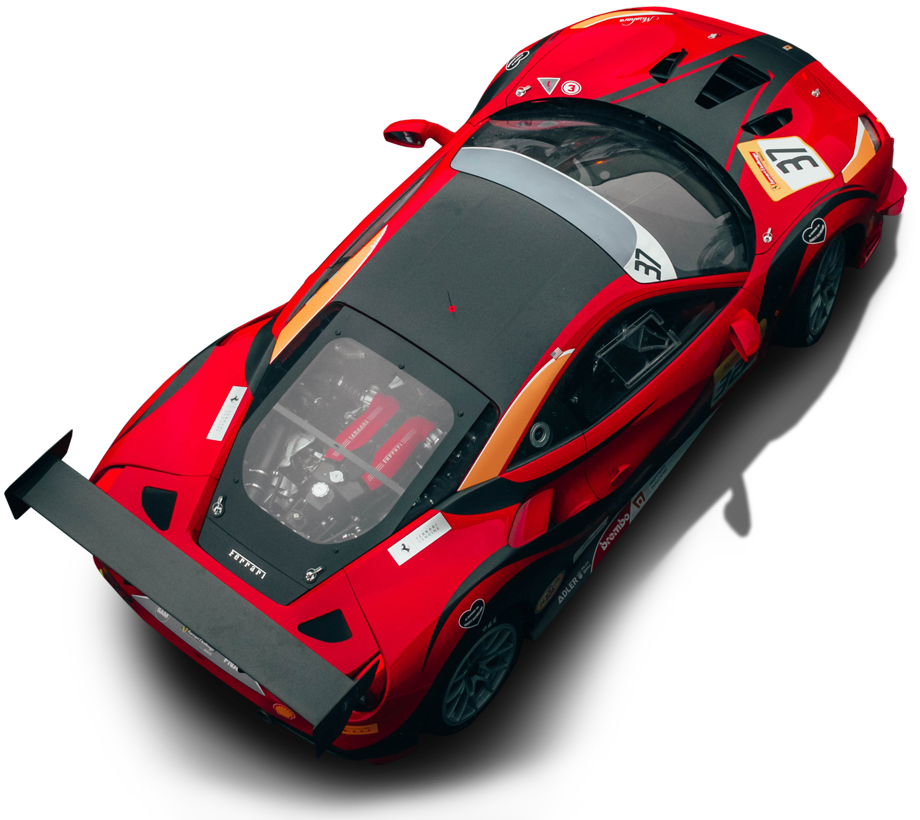Some men teach us how to compete, some show us how to build cars, extremely fast cars, but very few show us what it means to win. One man, a race car driver, did it all: a tall man from California named Gurney. The son of a Metropolitan Opera star in New York, a move as a teenager to Riverside, California, set him on a distinctly different path.
Like most drivers in the 1950s, Dan Gurney, one of the living legends in American sports car racing, started with SCCA club races, starting in a Triumph TR2 in 1955. He soon became a world-renown driver, constructor, and team owner, competing at the highest levels of motorsport. On the international scene, in ways, he was the definitive “overnight success.” Sports Illustrated reported in 1959 that “Dan Gurney, an obscure club driver 16 months ago, has joined the Ferrari sports car team. (Scuderia Ferrari Formula 1) To know surprise, two years later, in 1961, he tied British great Stirling Moss for third in the F1 Championship.
Gurney excelled in sports cars, Grand Prix cars, on-road courses, and ovals. Like no one else had ever seen in Motorsports. He was the first to break the 150 mph barrier at Indianapolis. And on June 18, 1967, Gurney took a historic victory in the Belgian Grand Prix, becoming the only American to win an F1 race in a car of his own design.
He was the first to claim victories in all four significant motorsports categories; F1, International Sports Cars, Indy Cars, and NASCAR. He remains the only American-born driver to do so. He scored wins in SCCA Trans-Am, SCCA CanAm, and international championship races, including the endurance classics at the Nurburgring, Daytona, Sebring, and Le Mans. And at times, cars from his All-American Racers shop have dominated in both IMSA and Indy Cars.
Gurney was also an innovator and a revolutionary designer. At the 1968 German Grand Prix, he became the first driver ever to use a full-face helmet in Grand Prix racing and was the first to do so at Indy. In 1971 he developed the Gurney Flap (wickerbill), an aerodynamic innovation that has been adopted by automobile racing and aviation throughout the world. And he was instrumental in launching the rear-engine revolution in Indianapolis in 1963.
His innovations weren’t only in the field of things technological. A week before his historic win in the Belgian Grand Prix, he took a surprise victory with A.J. Foyt at 24 hours of Le Mans, where Gurney famously began the now-familiar winner’s tradition of spraying champagne from the podium in a spontaneous and exuberant celebration of the unexpected win against the Ferraris and the other Ford GT40 teams.
In 1978, Gurney wrote an open memo to other Indy Car team owners, now known as the “White Letter,” which is considered the move that started the formation of the CART organization in 1979. And along the way, Gurney was one of the founders of the Long Beach Grand Prix, America’s longest-running street race.
To put it in true perspective, I think this says it all:
Among American Formula One drivers, his 86 Grand Prix starts rank third, and his total of four GP wins is second only to Mario Andretti. Perhaps the greatest tribute to Gurney’s driving ability, however, was paid by the father of Scottish World Champion Jim Clark, considered the best of his era, if not all time, when the elder Clark took Gurney aside at his son’s funeral in 1968 and confided that he was the only driver Clark had ever genuinely feared on the track.
The effect Dan Gurney had in popularizing motorsport and drivers is immeasurable. To this day, his name is one of the first mentioned when talk turns to our organization and the great names associated with it. He was and still is one of the most admired sportsmen of his generation. In 1964, Car and Driver nominated him in jest for President. Many felt it wasn’t such a bad idea.
He was named one of Autosport’s 40 Greatest F1 Drivers of all time; he is a member of the RRDC, International Motorsports Hall of Fame, Motorsports Hall of Fame of America, Sebring International Raceway Hall of Fame, and the West Coast Stock Car Hall of Fame.
Dan Gurney’s business, AAR is still a thriving business, too, now run by Gurney’s sons Alex and Justin, the company has branched out to a number of other engineering endeavors, including aerospace. Three years ago, at a celebration for his 85th birthday, Gurney’s son Justin praised his famous dad.
“You don’t realize how cool this guy is,” he said.
“Over the course of 19 days in 1967, he set motorsports history,” Justin Gurney said. “On May 30, he ran in the Indy 500, leading two laps before retiring with mechanical difficulties. Five days later, he raced in the Dutch Grand Prix. Seven days later, he won the 24 Hours of Le Mans. Seven days after, he won the Belgian Grand Prix at Spa”. That was my dad, being my dad. – Justin Gurney



